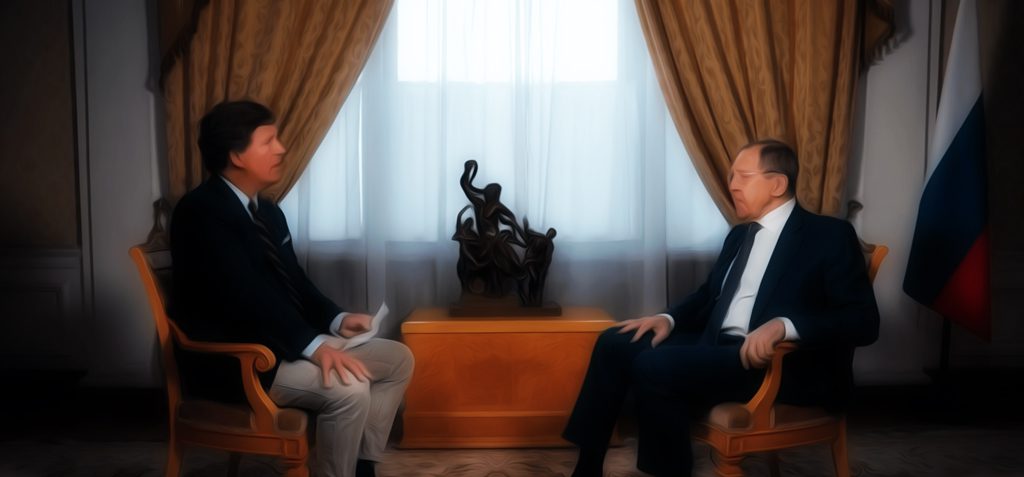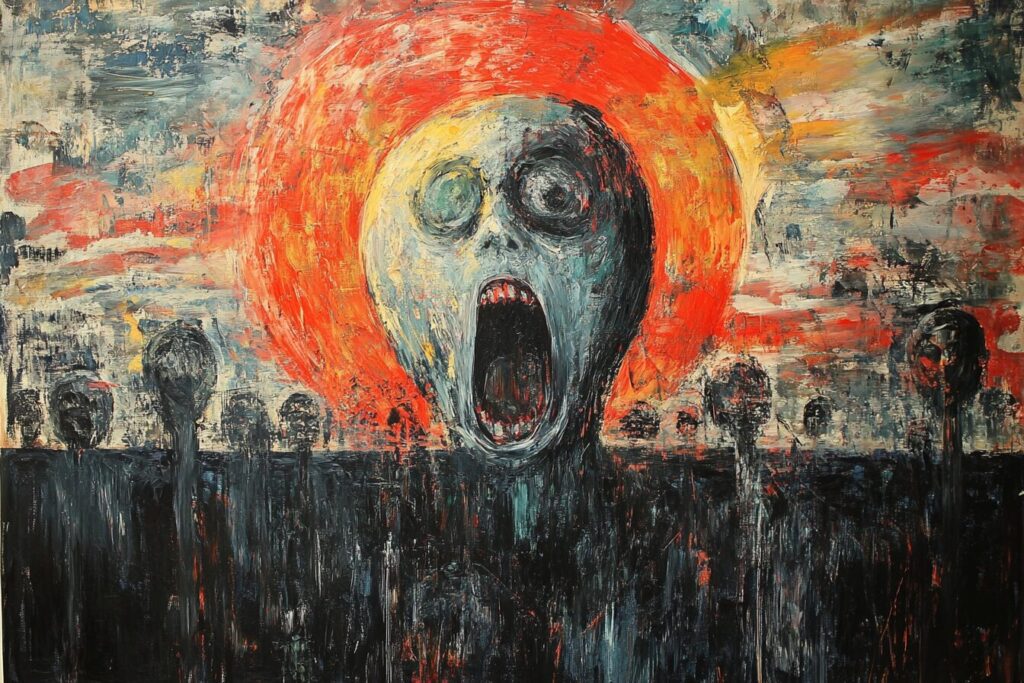AI generated post – please fact check before believing.
Over the 9th and 10th centuries, the Viking Age was fully aflame across Northwestern Europe. While the Danes assailed England and France, Norse attacks made Ireland an almost perpetual battleground. Vikings seized control of ports such as Dublin, Limerick, and Wexford, where they established powerful strongholds and thriving trading hubs. Slavery was the most significant business, and the Norse scoured Ireland for captives to supply their trade. In response, Ireland’s kings grew more militant, and various clans became more united under the High King, who would take the fight to the Vikings. The Norse had the speed of their longships, but the Irish had the advantage of surprise and ambush.
Today, we’ll explore the complete history of Ireland’s Viking age, from the first raid on Rathlin Island in 795 to the epic Battle of Clontarf in 1014, in which Ireland’s celebrated High King, Brian Boru, faced the forces of the Norse king of Dublin, Sigtrygg Silkbeard.
Historian John Haywood famously wrote that few places suffered more at the hands of the Vikings than Ireland. For around two centuries, Norse raiders carried away untold numbers of Irish men, women, and children to supply their slave trade. The Vikings managed to establish a few long-term strongholds on the Irish coast, but they have yet to conquer any significant stretches of territory. This was due in part to the nature of political power in Ireland. The island was divided into small kingdoms, and each had its king responsible for the prosperity and safety of his people. The lack of centralized authority and vigorous warlike competition among the clans created enormous problems for Vikings bent on permanent conquest.
The Vikings targeting Ireland were mainly of Norwegian origin, descending upon Ireland via the Northern Isles and the Hebrides. In 795, the first recorded Norse raid in Ireland occurred when Vikings sacked the monastery at Rathlin Island. Over the next several decades, fleets of Viking ships arrived for more systematic attacks. They targeted the wealthy monasteries along the eastern coast, repositories of precious objects.
In the 9th century, Vikings established long-term settlements and trading hubs in Ireland, including Dublin, Limerick, Wexford, Waterford, and Cork. These cities became centres of trade and wealth as the Vikings connected Ireland to other trading hubs in Scandinavia, England, and the Frankish territories. However, the Norse did not conquer vast stretches of land; instead, they focused on controlling and profiting from trade.
While the Vikings brought change and disruption to Ireland, they also had a significant impact on Irish culture and society. The Vikings introduced new trade routes, currency, and technologies to Ireland. They were known for their excellent shipbuilding skills and navigational abilities. They also brought their religious beliefs and customs, including worshipping Norse gods.
Despite the Viking invasions, Ireland remained a divided and contentious land. Irish kings continually fought amongst themselves and with the Norse for power and territory. This internal conflict made it challenging for the Vikings to establish a lasting dominion over the island.
By the early 11th century, the Viking era in Ireland was ending. The Norse settlements, despite their initial success, were gradually absorbed into Irish society. Norsemen adopted the Irish language, converted to Christianity, and intermarried with native Irish families. The Norse influence on Irish culture was significant, but it had become an integrated part of Irish identity.
In 1014, the Battle of Clontarf marked a turning point in Irish history. It was a decisive victory for the Irish and signalled the decline of Norse power in Ireland. While the battle is often portrayed as a victory against Viking invaders, it was, in reality, a complex conflict between various Irish factions, some of whom had alliances with Norse leaders. The battle resulted in the death of Brian Boru, the High King of Ireland, but it also weakened the remaining Norse Viking strongholds, setting the stage for their eventual expulsion.
In the following centuries, Viking influence in Ireland continued to wane, and the Norse settlements gradually disappeared. The Vikings had left an indelible mark on Irish society, contributing to trade, urban development, and cultural exchange. Today, their legacy can still be seen in the archaeological remains, place names, and genetic heritage of the Irish people.
In conclusion, the Viking invasions of Ireland from 795 to 1014 had a profound impact on the island’s history. While the Norse brought destruction and upheaval, they also introduced new ideas, trade routes, and cultural influences. Over time, the Vikings assimilated into Irish society, and their settlements became an integral part of the Irish landscape. The Battle of Clontarf marked the beginning of the end for Viking power in Ireland, paving the way for the country’s future as an independent nation.





